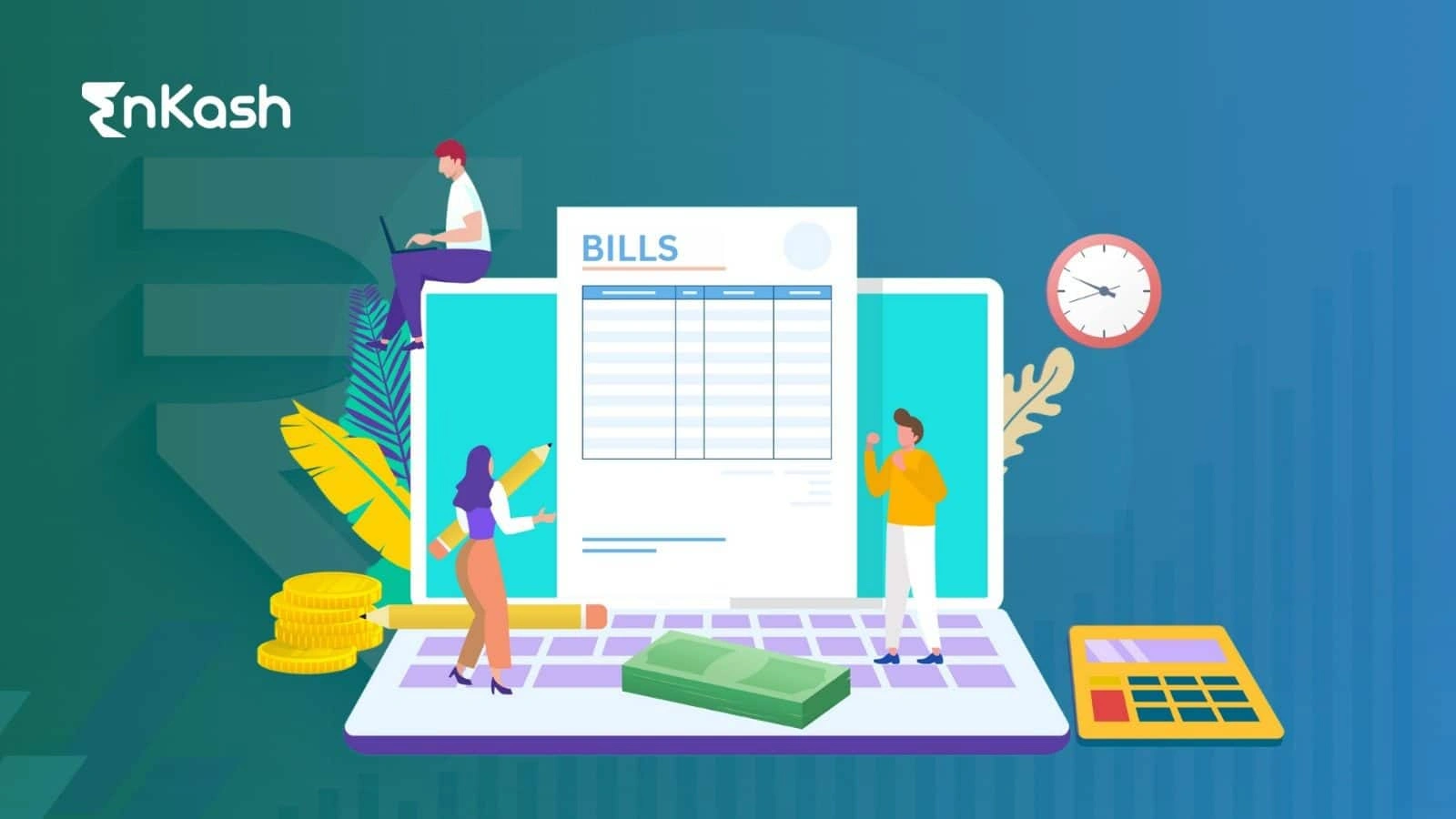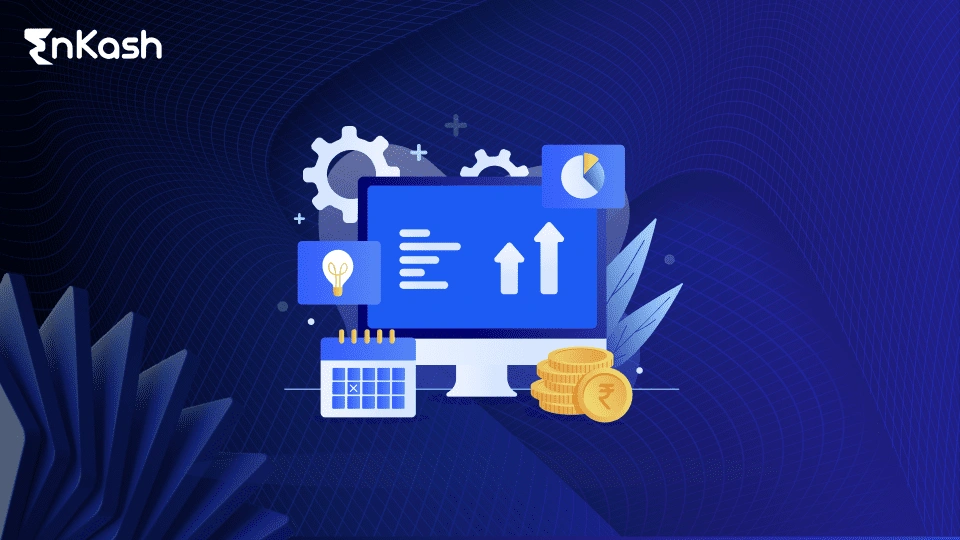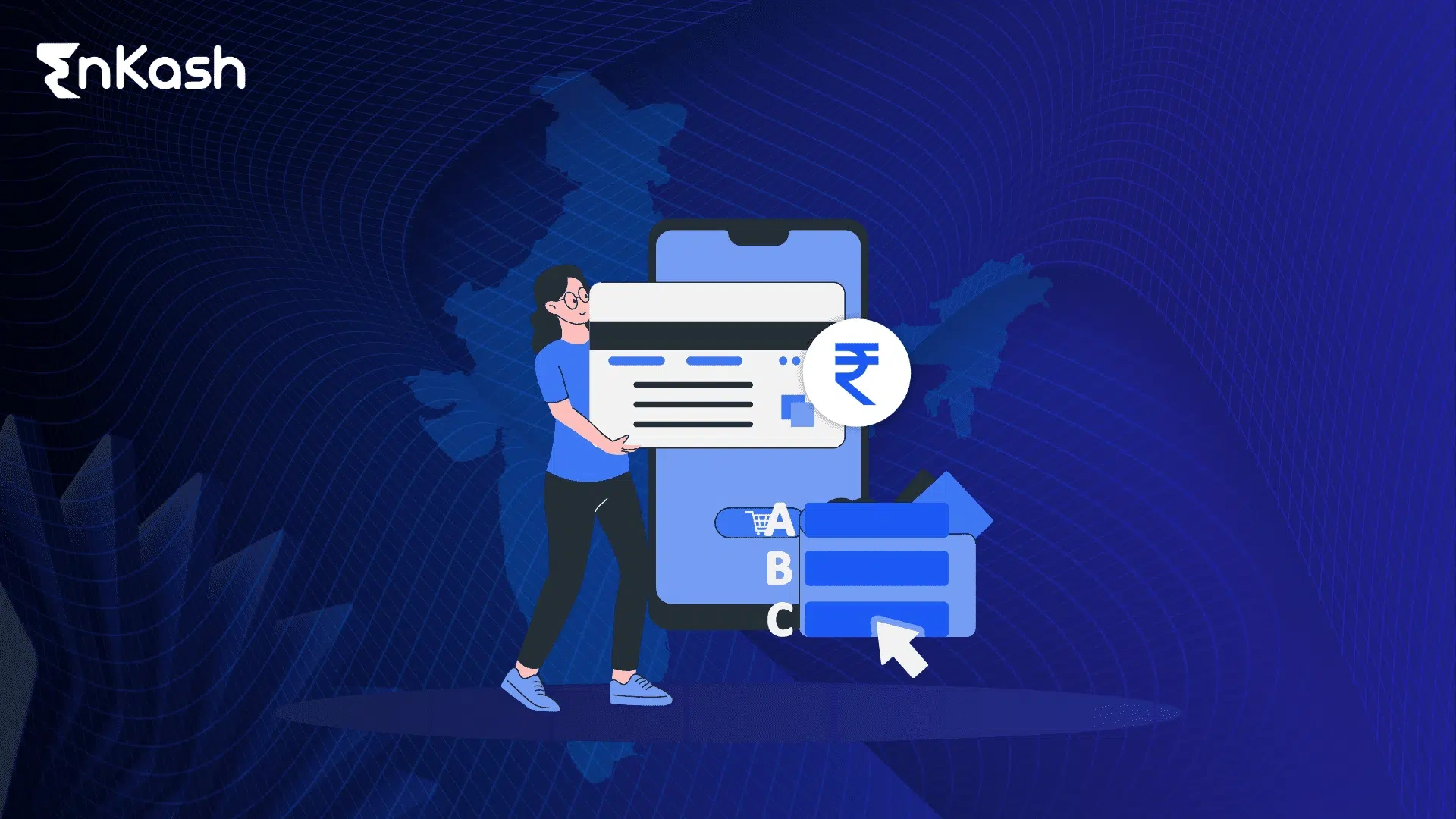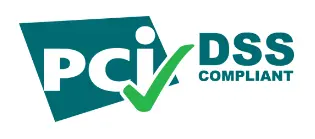What is business expense management?
Business expense management is the end-to-end tracking, controlling, and optimizing the various daily costs and expenditures. It helps in maintaining the financial health and profitability of the overall business. It also helps in the efficient allocation of business resources.
It comprises a plethora of key components, and to name a few, they are:
Expense tracker: Businesses need to track all their expenses, whether they are related to daily operations, employee reimbursements, supplier payments, or capital expenditures
Expense categorization: Expenses are categorized to provide clarity and organization. Common categories include office supplies, rent, utilities, salaries, marketing, travel and entertainment, and many more
Expense approval and authorization: Companies often establish approval workflows for expenses. Employees submit expense reports, and managers or designated personnel review and approve them based on company policies
Receipt and documentation management: Keeping receipts, invoices, and other supporting documents is essential for expense verification and compliance with tax regulations. Many businesses have shifted to digital document management for convenience and accessibility
Expense reporting: Businesses generate expense reports to analyze spending patterns, identify cost-saving opportunities, and make informed financial decisions. Modern expense management tools often provide robust reporting and analytics features
Reimbursement and payments: Once expenses are approved, businesses need a process for reimbursing employees or paying vendors promptly. Automation can expedite this process
Tax compliance: Expenses are closely tied to tax deductions. Ensuring accurate documentation and adherence to tax regulations can result in significant tax savings
Expense optimization: Expense management isn’t just about control; it’s also about finding ways to reduce costs. This may involve negotiating better vendor contracts, optimizing travel expenses, or finding more cost-effective suppliers
Auditing and compliance checks: Regular audits help ensure expenses are handled according to established policies and procedures. Auditors may review expense reports, receipts, and financial records to identify irregularities
What is a business expense tracker?
A tool to help businesses keep a detailed record of their day-to-day expenses. A business expense tracker refers to a physical or digital tool that helps various individuals and businesses keep a detailed record of all their day-to-day expenses. It is generally used to systematically record and monitor all the money spent by a business on various items and services.
Business expense tracker may vary in complexity and functionality, ranging from simple spreadsheet templates to ultra-modern software applications. However, the choice of an expense tracker completely depends upon the specific needs and size of the business. Small businesses may use basic spreadsheet templates, whereas larger businesses might opt for specialized expense management software that comes with advanced features.
What is expense management software?
Expenses Management Software is a software curated to help businesses track, manage, and optimize their expenses, including costs such as the office premises rent, utilities, employee salaries, office supplies, and much more.
Software for expense tracking streamlines the process of recording, categorizing, and analyzing expenses, which makes it easier for them to monitor their financial health, control costs, and, most importantly, adhere to accounting and tax regulations.
Types of expense management systems
There are various types of expense management software catering to different needs and preferences of businesses. Below are some common types of expense management systems:
Desktop software: Traditional desktop expense management software is installed on a computer to help businesses input expense data, manage receipts, and generate reports directly on their desktop or laptop
Mobile expense apps: Mobile expense apps are designed for smartphones and tablets. They allow businesses to capture receipts, log expenses, and track spending. Many of these apps are synced with cloud-based platforms for seamless integration
Enterprise expense management systems: These systems are tailored for large organizations and often include features such as advanced approval workflows, policy enforcement, and integration with other enterprise software like ERP (Enterprise Resource Planning) systems
Small business expense software: Designed for small to medium-sized businesses, these systems offer basic expense software for tracking and reporting features at an affordable price point
Travel and expense management software: This focuses on managing travel-related expenses, including booking flights, hotels, and transportation for business travel
Drawbacks of manual expense management tracking
Manual expense tracking may be feasible for very small businesses or individuals with minimal expenses, but it becomes increasingly impractical and error-prone as the complexity and volume of expenses grow. Below listed are some drawbacks of manual expense tracking software:
Time-consuming: Employees spend their significant time recording expenses, finance tracking, organizing receipts, and managing end-to-end business operations, which could been spent on more value-added tasks
Errors and inaccuracies: Manual data can result in inaccuracies in expense records, leading to financial discrepancies and sometimes to potential compliance-related issues
Delayed processing: Manual processes are often slow, leading to delayed expense submissions and reimbursements. This can be challenging for the employees who have to wait for their expenses to be approved and reimbursed
Limited visibility: Manual expense management systems often lack real-time visibility into expenses. This can make it difficult for businesses to track spending trends or identify cost-saving opportunities
Lost receipts: Paper receipts can easily be lost or damaged, leading to incomplete records and difficulties verifying business expenses
What are the key reasons businesses opt for cloud-based expense management software?
Businesses should switch to cloud-based expense management software, allowing employees to submit expenses, managers to approve them, and finance teams to review and process reimbursements from any location, improving flexibility and convenience. Besides this, there are other benefits of using a cloud-based expense management system, and they are:
It offers real-time visibility into expense data and allows businesses to monitor spending as it happens, enabling them to make informed financial decisions and quickly identify and address issues
Most cloud-based expense management solutions come with user-friendly interfaces and often include mobile apps
Leading cloud-based expense management providers invest heavily in security measures to protect user data as they employ encryption, access controls, and regular security updates for safeguarding confidential financial information
Cloud-based systems are easily scalable. As a business grows, it can expand its use of the software without the need for significant infrastructure investments or IT support (Want to know the EnKash’s cloud-based software)
The benefits of tracking business expenses
Below are the benefits of having a business expense tracker:
It helps in eliminating manual errors and paperwork due to automation
The employee expense management systems enhance employee experience with faster TAT
It ensures transparent approvals across businesses and ultimately breaks down the complex approval workflow easily
The processes that include filing, reporting, approvals, reconciliation, ability to transfer between ERP and HRMS are integrated
With automation tracking of business expenses, fetching accurate data from policy violations to category-wise expenses gets streamlined
Factors to consider when choosing an expense management system
Choosing the right expense management system for your business is crucial to streamline financial processes, improve efficiency, and ensure compliance with expense policies. Below are the key factors to consider when making your selection:
Business needs and goals: Identify your specific expense management needs and objectives while choosing an expense management system
Ease of use and user interface: The system should have an intuitive and user-friendly interface to facilitate easy expense submission, approval, and reporting. Ensure it is accessible to all employees, including non-finance staff
Integration capabilities: Determine whether the system can seamlessly integrate with your existing financial software, such as accounting and ERP systems, to minimize data entry and ensure data consistency
Mobile accessibility: Check if the system offers a mobile app or a responsive web design, enabling employees to submit expenses and managers to approve them from their smartphones or tablets
Compliance and policy enforcement: Ensure the system can enforce company expense policies and compliance with tax regulations, industry standards, and internal guidelines. Look for features like policy rule enforcement and receipt validation
Expense reporting and analytics: Look for robust reporting and analytics features to generate expense reports, track spending trends, and identify cost-saving opportunities. Customizable reporting templates can be a valuable feature
What are the challenges in expense management system implementation?
Implementing an expense management system can offer numerous benefits, but it also comes with its set of challenges. Addressing these challenges effectively is crucial to successfully deploying and adopting such systems. Here are some common challenges in expense management system implementation:
Resistance to change: One of the biggest challenges is resistance to change from employees who are used to existing manual or legacy expense processes. People may be reluctant to adopt new technologies or workflows
Data migration: Transferring historical expense data from legacy systems or paper records to the new system can be complex and time-consuming. Data accuracy and completeness are critical
Integration with existing systems: Ensuring seamless integration with existing financial and accounting systems can be challenging. Incompatibilities or data transfer issues may arise, leading to discrepancies
Complex approval workflows: Implementing complex approval workflows that mirror the organization’s hierarchy and policies can be challenging. Ensuring that the system can accommodate various approval scenarios is crucial
User training and onboarding: Properly training users and ensuring they are comfortable with the new system is essential. Inadequate training can lead to errors and inefficiencies in expense submission and approval
What are the best practices relating to expense management system?
Below listed are some of the best practices to consider when using expense management systems:
Real-time expense tracking: Promote real-time expense tracking to prevent delays in expense reporting. Advise employees to enter expenses as they are incurred, rather than waiting until the end of the month
Implement approval workflows: Customize and implement approval workflows that align with your organization’s hierarchy and policies. Clearly define who needs to approve expenses and establish thresholds for automatic approval
Clearly define expense policies: Establish clear and comprehensive expense policies that outline what is considered a valid business expense, spending limits, and the process for approval and reimbursement. Ensure all employees are aware of these policies
Integration with accounting software: Ensure seamless integration with your accounting software to avoid duplicate data entry and errors. Regularly reconcile expense data with your accounting records
How to track your business expenses?
Tracking your business expenses is essential for financial management, tax compliance, and maintaining a clear picture of your company’s financial health. Here’s a step-by-step guide on how to effectively track your business expenses:
Set up a dedicated business account: Separate your personal and business finances by opening a dedicated business bank account. This account must be specific for expenses relating to any kind of business expenses/transactions
Use different payment method: Apply for a business/corporate credit card and use it solely for business expenses. This helps streamline expense tracking and separates personal and business purchases
Reconcile bank statement: Reconcile your business bank account and credit card statements with your expense records. Ensure that all transactions are accounted for and match the statements
Review and reconcile regularly: Review your expense data to identify spending trends, cost-saving opportunities, and areas where you may need to tighten your budget
Automate recurring expenses: If you have recurring expenses, set up automatic payments through your bank or accounting software to avoid missing payments with the help of an online expense tracker
Automated expense management system
An automated expense management system is a software solution designed to streamline and simplify the process of tracking, submitting, approving, and reimbursing business expenses. These systems leverage technology to replace or augment manual, paper-based expense management processes, making them more efficient, accurate, and cost-effective.
FAQs:
Q. What are the most effective ways to keep track of your business expenses?
It is imperative to have an expense tracker for your business expenses for financial management, tax compliance, and overall business success, and the most effective ways to do so are:
Using accounting software
Creating a separate business account
Maintaining detailed receipts and invoices
Automating data entry
Regularly reconciling accounts
Q. How does expense management work with EnKash?
EnKash has come up with an industry-first solution for expense management known as OfEx, where businesses of all kinds can easily club all the expenses on a single-point dashboard which increases visibility and control manifold.
Q. What is the approval policy?
An approval policy is a set of guidelines, rules, and procedures that dictate the process of seeking and obtaining approval for various actions, decisions, or transactions in any business. Approval policies are designed to ensure that specific activities or expenditures align with the business goals, comply with regulatory requirements, and maintain financial control and accountability.
Q. Why choose EnKash expense management software?
EnKash’s expense management software known as OfEx comes with a plethora of benefits, and listed below are the reasons why businesses must choose it as their expense management software:
It comes with Optical Character Recognition (OCR) technology for automatically scanning and capturing expense data from receipts, eliminating the need for manual entry. Moreover, it is to be used as smart audit warnings for duplicate expense entries for both the submitter & approve
It offers real-time alerts for expense policy violations, enabling businesses to enforce compliance and reduce the risk of fraud
Another benefit of EnKash’s expense management is that it has customizable approval workflows that enable businesses to set up custom flows for expense approval based on the role of the employee, the category of expenses, and more
Not only this, it has seamless integration with corporate credit cards, enabling businesses to track and manage credit card expenses alongside other expenses
Simple verification and settlement process by the finance team, enabling them to quickly verify expenses and settle reimbursements, reducing the time and effort required for expense management
Besides the above features and benefits, there are various others such as advance request feature, budgement management feature, integration with HRMS and ERP systems, real-time status view, category definition and general ledger code mapping features, integration with popular messaging apps, accounting systems, like Zoho, Tally, SAP, etc.
Q. What is the expenses process?
The expenses process refers to the systematic and organized way in which individuals or organizations handle and manage their expenses. This process typically involves several steps to ensure that expenses are accurately recorded, approved, and reimbursed.
Q. What is the expense process in accounting?
The expense process in accounting comprises the recognition, recording, and reporting of expenses incurred by a business or organization as part of its ongoing operations. Properly managing and accounting for expenses is crucial for accurately measuring the profitability and financial health of the business for achieving both short-term and long-term goals.
Q. What are the types of expenses?
There are various types of expenses relating to business, and to name a few, they are- office rent, employee salaries, utility bill payments, office supplies, travel-related expenses, reimbursements, vendor payments, legal fees, and much more that occur day-to-day, monthly, and annually.














